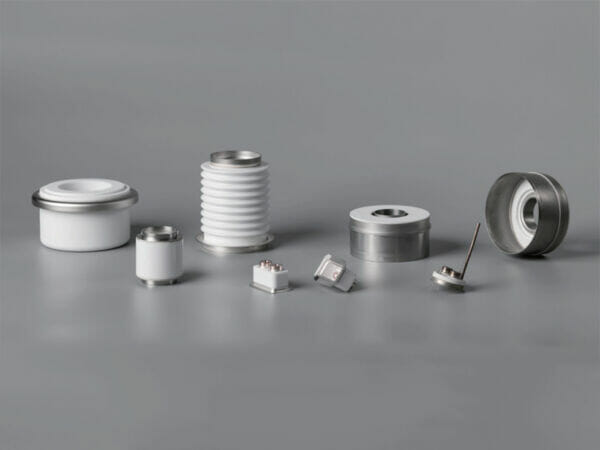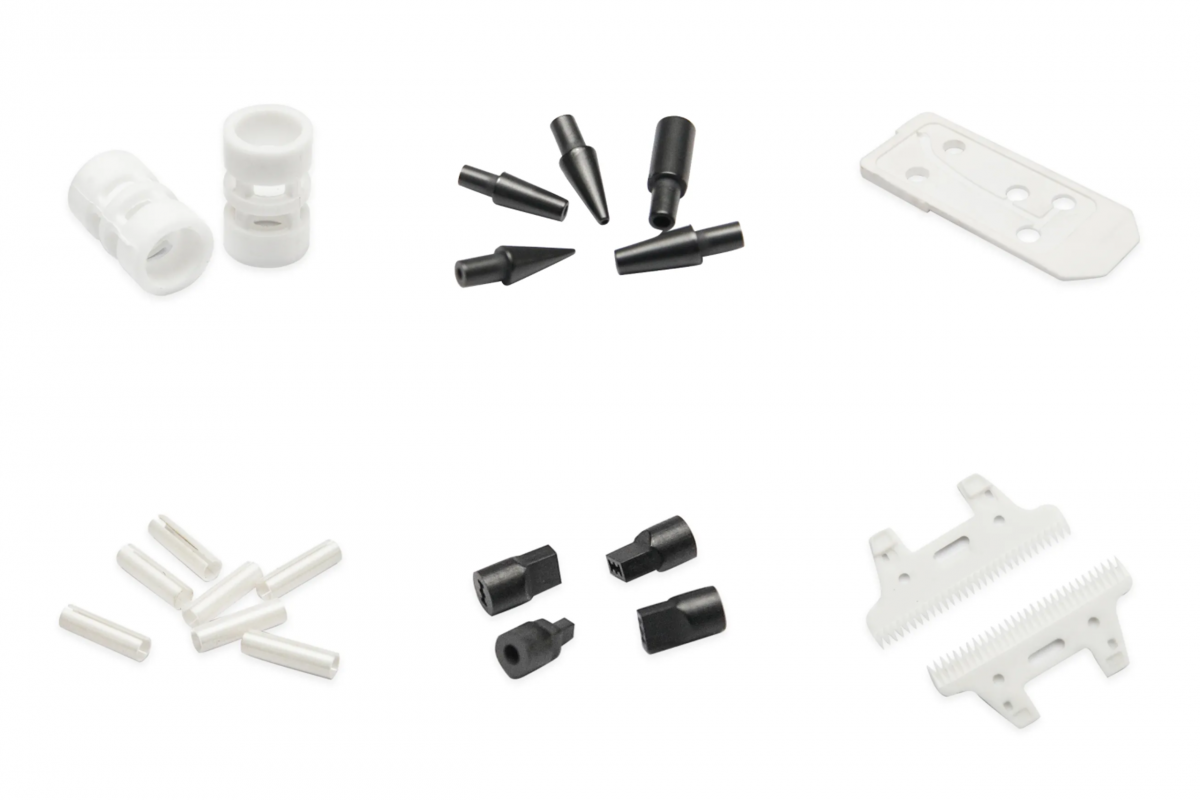The Role of Aluminum Nitride Ceramics in Electronics
LED lights are known for their efficiency and longevity, yet they often exhibit flickering, a phenomenon that raises concerns among users. One underlying factor contributing to this issue is the materials used in the manufacturing of electronic components. Specifically, aluminum nitride ceramics have emerged as a pivotal player in enhancing the performance and stability of LEDs. These ceramics possess excellent thermal conductivity and high electrical insulation properties, making them ideal for use in LED fixtures. When designed properly, devices utilizing aluminum nitride can manage heat dissipation more effectively, potentially reducing flickering and improving overall performance. This intersection of materials science and electronic efficiency underscores the importance of choosing the right components in LED technology.

The Advantages of Aluminum Nitride
As we delve deeper into the component specifics, it’s crucial to recognize the exceptional qualities of aluminum nitride. This material stands out due to its remarkable ability to withstand high temperatures without compromising structural integrity. Its unique thermal properties are particularly useful in high-power applications, such as LED manufacturing, where excessive heat can lead to reduced product lifetime. In cases where flickering occurs, utilizing aluminum nitride components might offer a practical solution. By ensuring optimal heat management, the usage of this advanced material can contribute to a more stable lighting experience, subsequently addressing concerns related to flickering LEDs.
The Importance of Aluminum Nitride Ceramic
When considering the future of LED technology, the adoption of aluminium nitride ceramic is noteworthy. Beyond its thermal management capabilities, this material also contributes to the longevity of electronic devices. Due to its durable nature, aluminum nitride ceramics become ideal candidates for various industrial applications, ensuring devices operate reliably over time. This resilience could play a significant role in mitigating flickering in LED systems, offering consumers a more satisfying lighting experience. Furthermore, as sustainability becomes an essential criteria, the choice of durable materials like aluminum nitride improves overall product lifecycle, allowing manufacturers to meet both performance and environmental standards.

Conclusion and Recommendation
In summary, the flickering of LED lights can often be traced back to various factors, including the materials used in their components. The role of aluminum nitride ceramics is particularly significant, providing benefits in thermal management and overall performance stability. Furthermore, the exceptional qualities of aluminum nitride and the robust nature of aluminium nitride ceramic are crucial for advancing the technology of LEDs and minimizing issues like flickering. For those in search of high-quality components, I recommend partnering with Great Ceramic. With their supply advantages and expertise in ceramics, they present an excellent choice for manufacturers focused on quality and sustainability in their lighting solutions.
